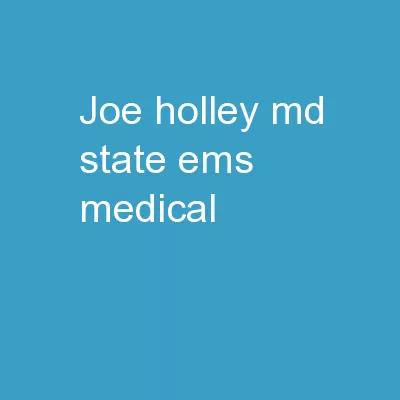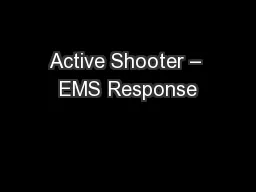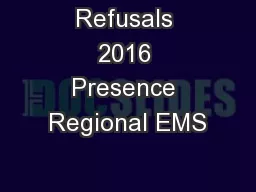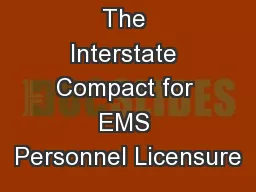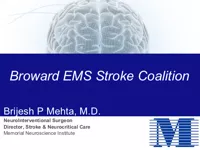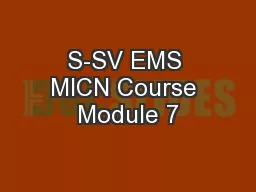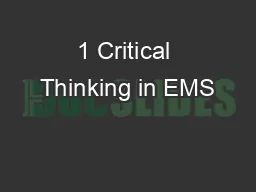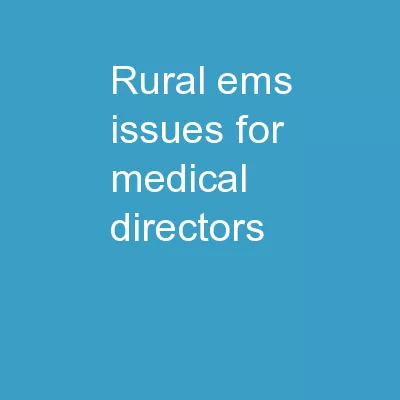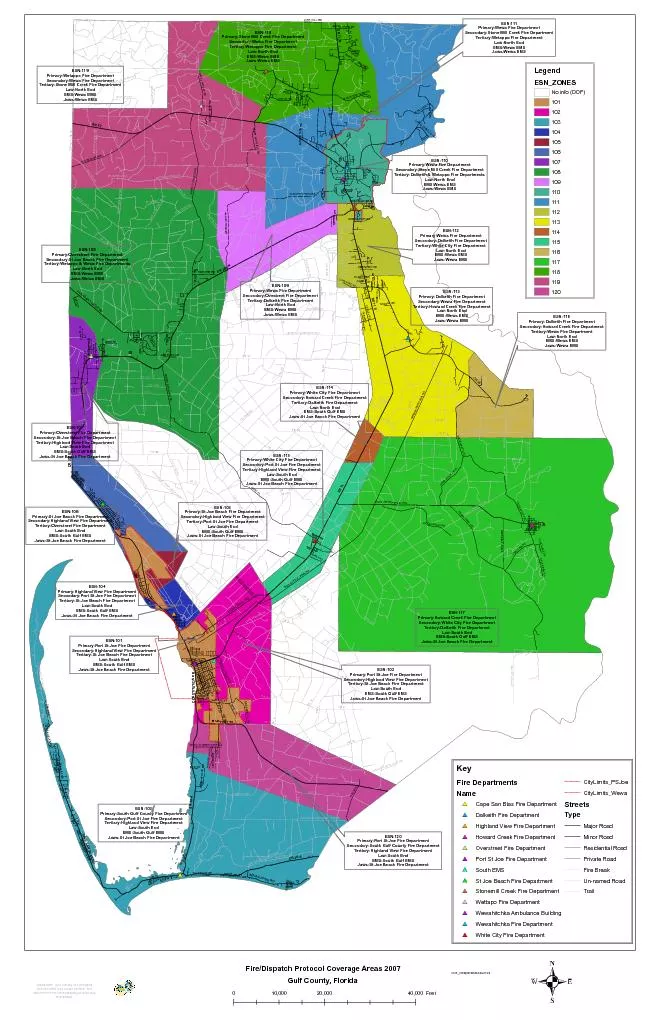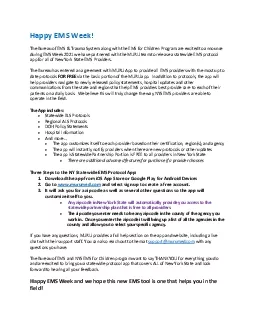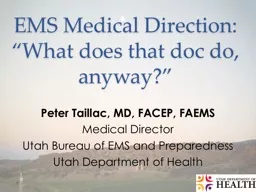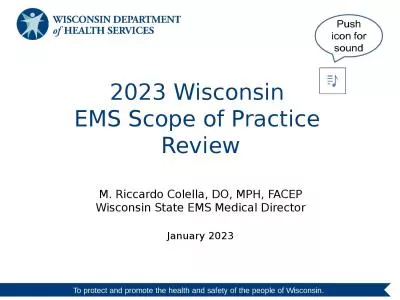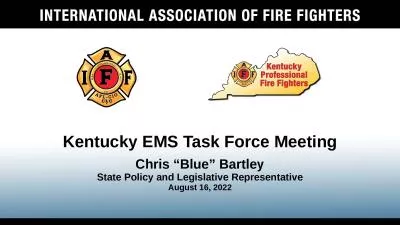PPT-Joe Holley, MD State EMS Medical
Author : test | Published Date : 2018-11-25
Director NO RELEVANT FINANCIAL RELATIONSHIPS EXIST TO DISCLOSE NO INTENDED UNLABELED UNAPPROVED State EMS update 2014 ems update Over 21000 Licensed EMS Professionals
Presentation Embed Code
Download Presentation
Download Presentation The PPT/PDF document "Joe Holley, MD State EMS Medical" is the property of its rightful owner. Permission is granted to download and print the materials on this website for personal, non-commercial use only, and to display it on your personal computer provided you do not modify the materials and that you retain all copyright notices contained in the materials. By downloading content from our website, you accept the terms of this agreement.
Joe Holley, MD State EMS Medical: Transcript
Download Rules Of Document
"Joe Holley, MD State EMS Medical"The content belongs to its owner. You may download and print it for personal use, without modification, and keep all copyright notices. By downloading, you agree to these terms.
Related Documents

